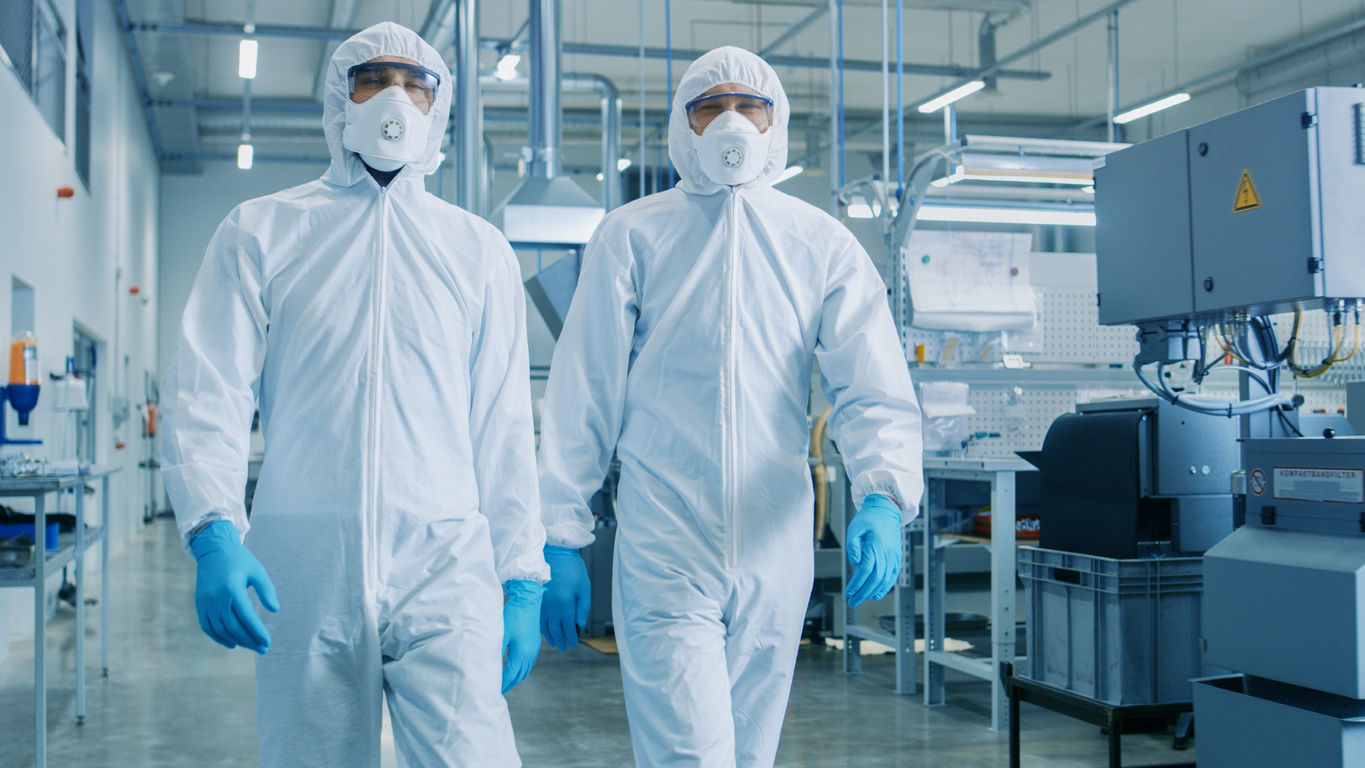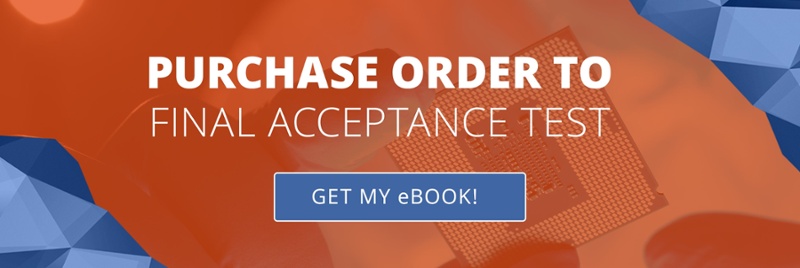Often a process worked or is working but then develops some irreproducibility or drift away from the target results. For one reason or another, the process has strayed from the process window that at one point provided the intended results. A robust process consistently delivers desired results despite the many variables vying to create instability and irreproducibility.
Once we have obtained the desired result, how do we maximize the chance of reproducing that result? A good starting place is trying to understand the variables that may thwart our efforts. When developing a robust process we should be concerned about the consistency of the starting material and the system itself.
Background
Both the starting materials and the system will have a range of normal variations. For starting materials the variations may be manifested in different layer thicknesses, feature sizes, mask profile and thickness, and pattern densities from sample to sample. Trying to achieve 2% non-uniformity when the starting material non-uniformity is 4% will be challenging to say the least.
Even differences in sample sizes can impact the results where a process that worked well on a small piece may not scale when running a full wafer due to the open area to be etched or thermal management differences. Frequently, sample material is very expensive and lower cost test samples are used as a substitute. However, it is important that the test material truly represents the material of interest.
From a system perspective, there are short- and long-term variations. Short-term fluctuations may include system component limitations instability or resolution of parameters such as pressure, gas flow, temperature, or rf power. Long-term system changes are usually characterized as a drift in hardware performance or chamber condition.
Making a robust process is more than simply writing process recipes; it involves having insight into the entire process flow. This means having an understanding of metrology, how samples are made, details of the system components such as matching networks, and how the recipe parameters, hardware, and software interact.
Writing a Robust Recipe
End results are dependent on process recipe parameters, and awareness of how those parameters affect the results for the specific material(s) is essential. For example, if one wants to etch a deep structure with a fast etch rate, there may be consequences of sample heating when using higher powers. If the heat exchanger does not have a suitable temperature range, the high power may cause the sample’s thermal budget to be exceeded, or it may shift the process such that the profile, etch rate, or selectivity is changed. Continuing with this example of using power to control etch rate, too fast an etch rate will cause control issues if the goal is to etch to a specific depth.
Knowledge about hardware limitations in a system will help in writing a process recipe that will give reproducible results. In general, it is never a good idea to run a process with any parameter that is close to its operating range. The idea is to avoid variation due to limited accuracy of the component. In the past, the standard rule was to not operate at less than 10% or more than 90% of the full range of any component. Over the years, this hardware has improved and is more reliable near the minimum and maximum capabilities. For accuracy reasons, it is still not a good idea to operate near the minimum point for any component for accuracy reasons.
The typical accuracy is often 0.5% to 1% full scale means that for a 100 sccm MFC the accuracy is about 0.5 sccm to 1 sccm. Writing a recipe calling for 2 sccm is likely to cause reproducibility problems. The same applies to power supplies, pressure gauges, and throttle valves. The minimum recipe value for a parameter should be 5x to 10x times the accuracy. Thus, if the setpoint accuracy for a power supply is 0.5W, it is probably not a great idea to run at < 5 W even though the power supply may be capable of it. In this example we have not even included the variation in reflected power or the actual bias due to matching network limitations.
Other aspects of recipe writing involve understanding how the hardware works. For example, knowing whether an MFC is analog or digital, a matching network uses motorized capacitors or solid-state frequency adjustment, how fast a throttle valve adjusts, or where an inductively coupled plasma “jumps” into capacitive mode are all relevant.
Like cooking, recipes are rarely a single step but consist of several steps. One would not bake a cake without preheating the oven or bake bread without letting it rise first. Similarly, running a process is a series of steps that often include a plasma ignition step prior to running the main step. Ignition step(s) may involve bias, ICP power, gas flow ratios, and pressure to make sure the plasma in the main step is reliable and stable. To carry the analogy further, ovens have their own set of behaviors such as temperature offsets, uneven heating, and even preheating ramp up times. Thinking of a plasma system in this way is not unreasonable.
Another consideration is substrate temperature. Awareness of the difference between the heat exchanger, electrode, wafer, and wafer surface temperatures is useful since temperature can strongly influence etch rate and profile results. The distance a heat exchanger is from the system can impact the wafer temperature if the system is improperly designed.
The prior use of a system can dramatically affect how the system behaves. This is often a cause for irreproducible results. Some process chemistries are more stable with a conditioned or seasoned chamber while others are more stable with a clean environment. Materials that have absorbed gases or polymers from previous runs can strongly influence processes. As a chamber heats up from use, it can desorb these adsorbed gases or polymers and affect what is happening on the substrate. For this reason, it is always best to be aware of prior use and start with a known status of the processing environment. Many systems have automated routines for cleaning to ensure a baseline condition before an etch run.
So Where to Start
Writing a recipe starts with understanding the results one wants, the metrology that will be used, and the system that will be used to get those results. Start with moderate process conditions that the system can easily handle. Then, slowly adjust parameters by ±10-20% to learn the trend and process sensitivity. One wants to avoid the steep portion of the results versus parameter curve where very small changes in a parameter cause very large responses.
Summary
- Understand normal variations in starting materials and set realistic process expectations.
- Understand expected process responses and limitations: Don’t build a process on the edge of a cliff.
- Understand the system capabilities and limitations: Don’t ask the system to do something it cannot do.
- Use system utilities such as endpoint technology to help overcome material and system variations.
- Be aware of system usage history, a baseline for checking system performance, a maintenance approach suitable for the usage (i.e. R&D versus production).
- When in doubt, ask for help before a process gets established as a process-of-record (POR).
Keep up with CORIAL’s latest advice on best practices in plasma etching and deposition by subscribing to our blog.






